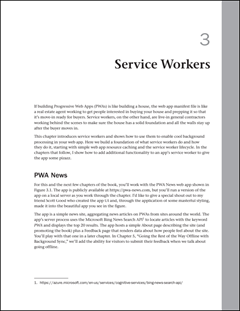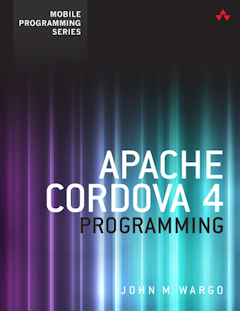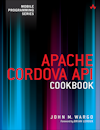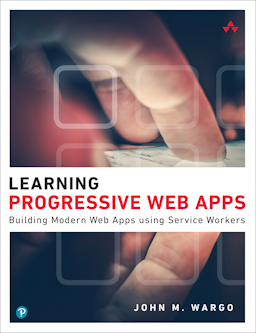Developers building apps targeting desktops, laptops, smartphones, and tablets, have two options to use when building their apps: native apps built specifically for the target platform, or web apps which run on most any system Building native apps for any target platform is a time-consuming and expensive proposition, especially when your app targets multiple system types (desktop computers, smartphones, televisions, etc.).
Web apps are challenging because a user experiences vary dramatically depending on which type of system the user accessed the app from. Desktop browsers are fully capable, but mobile device browsers have limitations due to reduce screen real estate, processor speed, network bandwidth, and more. Many of these limitations have disappeared, but there’s still considerable disparity between native app and web app capabilities.
Over the years, web browsers, especially those running on mobile devices like smartphones and tablets, exposed more native capabilities to web apps. This enables web apps to work more like native apps, but there were still limitations. Service Workers are a relatively new technology that make it easier for web apps to bridge the gap between native and web capabilities, removing many limitations from web apps. This is a book about service workers; focusing on how to use service workers to enhance the capabilities of a web app to create a Progressive Web App (PWA). This book focuses on the technologies enabling PWAs, and how to use them to enhance your web apps to deliver a more native-like experience.
Learning Progressive Web Apps is the first of a new generation of PWA guides that reflect breakthrough advances such as Service Workers and Web App Manifests, helping you combine the best features of web and mobile development. One step at a time, John M. Wargo introduces techniques for building apps, highlighting:
- Building web apps a user can easily install on their local system
- Building web apps that work offline or on low quality networks
- Implementing caching strategies that give web developers control over which app resources are cached and when
- Delivering background processing in a web application
- Implementing push notifications to enable an app to more easily engage with users or trigger action from a remote server.
As you work through the chapters, at different points you’ll start with one of three complete, stand-alone web apps, then convert them into PWAs using service workers and other browser technologies.
Wargo clearly introduces each core concept and illustrates the implementation of each capability through complete, operational examples. You’ll start with simple web apps, then incrementally expand and extend them with state-of-the-art features. All example source code is available in the book’s GitHub repository.
Read a review of the book and an interview with the author on InfoQ. In the article I got a chance to answer some great questions about the book and about PWAs.
Free Chapter
 |
For a free look into the book, check out Chapter 3: Service Workers. The chapter introduces the PWA News application used throughout parts of the book then walks you through adding a service worker to the app and getting it working to turbocharge the app. |
Check out John’s Other Books
 |
Apache Cordova 4 Programming is the ultimate introduction to building mobile apps using Apache Cordova, the leading framework for building native mobile applications for multiple target platforms using HTML5 (HTML, JavaScript, and CSS). The book targets the specific capabilities provided in Apache Cordova 4 and subsequent versions.g |
 |
Apache Cordova API Cookbook is the perfect companion to Apache Cordova 4 Programming, digging much deeper into each Cordova API and many complete sample applications. With these two books, you have more than 700 pages of content teaching everything you need to know about Apache Cordova development. |
Posts
subscribe via RSS
